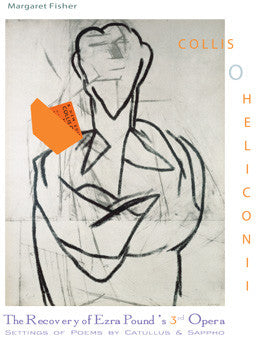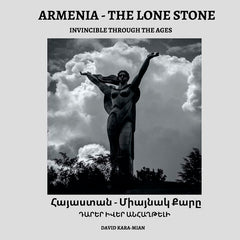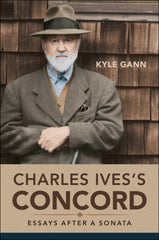OTHER MINDS WEBSTORE
Collis O Heliconii: The Recovery of Ezra Pound's 3rd Opera (by Margaret Fisher)
Composed in the late summer of 1932 after most of the Cavalcanti opera had been completed, the music sketches for the third opera Collis 0 Heliconii afford a larger view of Pound's compositional acumen and his use of music as a forum for criticism. Together with the virtuosic, vorticist "AI poco giomo," the music from this period shows Pound at the crest of his powers as a composer of melody. With the first opera Le Testament, Pound sought to capture the local vitality of Villon's word rhythms by assigning durations specific to the spoken production of the syllables. Enlarging his musical focus to the lyrical phrases and internal rhymes of Guido Cavalcanti's poetry, Pound used melodic and rhythmic cells as a modular system to build toward an extended and expansive melodic line. Having invented his own musical techniques to carry the quantitative poetics of twelfth- to fifteenth-century Provençal, Italian, and French poetry, Pound faced a new challenge in setting two well-known poems of antiquity, the Latin Collis 0 Heliconii by Catullus, carmen LXI or 61, and the Greek Poem 1 by Sappho. Both poems adhere to stanzaic metrical patterns in which the quantity of syllables in the line are subject to rules of sequence according to durations of the sounds of the vowels. The composer had also to consider the placement of the caesura and the poet's use of either pitch or stress accent against the recurring ictus of the metrical rhythms. —Margaret Fisher





